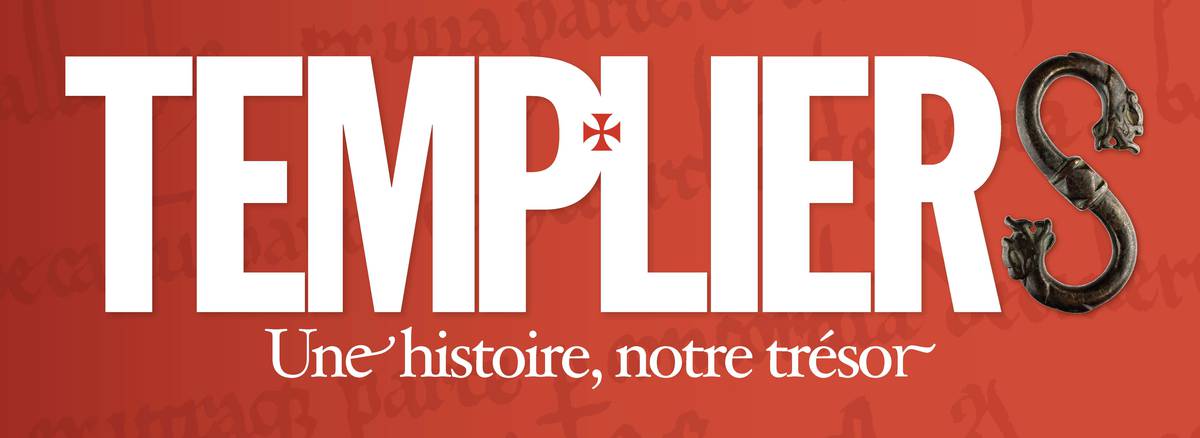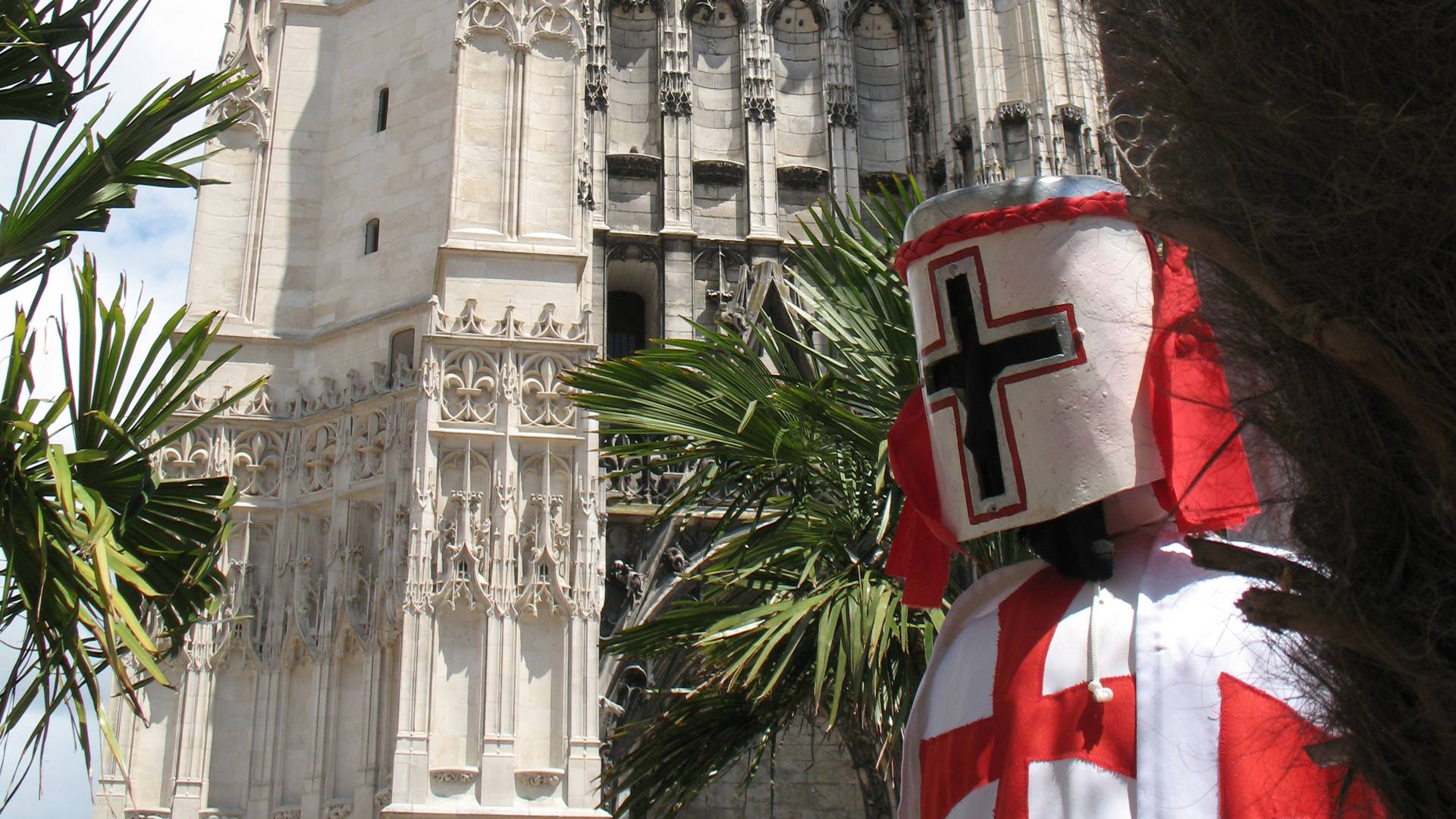The Templars
The Order of the Templars
In 1118-1119, Hugues de Payns, Geoffroy de Saint Omer and 7 other companions created a Templar army composed of monks that were knights, to watch over the path of the pilgrims and consolidate the acquisitions of the 1st crusade (the capture of Jerusalem in 1099).
The “Poor Knights of Christ” were lodged by King Baudouin, patriarch of Jerusalem, in part of the Temple of Solomon, from whence they were to take their final name; Knights of the Temple, or Knights Templar.
The order developed considerably throughout the Middle Ages until it disappeared in 1314 upon the death of Jacques de Molay, the last Great Master of the Order of the Templars.
Their confrontations in the East brought to Western Europe a great deal of skill and learning. The Templars became the main financiers (running the Commanderies, Fairs and land) and master workers (cathedrals etc.) in the Middle Ages.

Hugues de Payns
The Order of the Temple was born in Jerusalem but it draws its origins from Champagne-Méridionale (current Aube).
Hugues de Payns was actually born at the Chateau of Payns around 1070 (commune of around 900 inhabitants near Troyes). At this time the Turks were about to invade Jerusalem. In 1095 Pope Urbain II called a council where he exhorted the believers to deliver the tomb of Christ from the hands of the Turks.
Some months later several armies left for the Orient (including Hugues de Payns probably). After three years of pitiless wars, the crusaders took Jerusalem on July 15, 1099.However, this tiny kingdom of Jerusalem so suddenly created was not populated enough and the majority of pilgrims that came were regularly attacked and massacred.
Faced with these barbaric acts, Hugues de Payns and his companion Godefroy de Saint Omer decided to create an armythat was dedicated body and soul to the Christian cause (1119).
In 1127, Hugues de Payns asked the Pope to convoke a council that would make the foundation of the Order of the Temple official. In the same year, Count Thibaud de Champagne made a donation of a property that he owned.
In 1129 the order received the long-awaited recognition from the authorities of the Kingdom and Christianity. Hugues de Payns died, probably of natural causes, in 1136.
The Hugues de Payns Foundation
The Hugues de Payns Foundation resulted from this fabulous era. It is a non profit-making association with the objective of discovering the regional heritage.
Since 1989 around 40 volunteers from the area have been trying to enhance the status of the wealth of history of the commune where the Founder of the Order of Templars was born.
A large Templars’ Commandery was created there in the XII c., whose location and importance have never been revealed.
At the beginning of the 90’s the Foundation set up theatre shows retracing the history of the commune.
Since then, two or three representations have been proposed to the public each year with 700/800 people present at the show. The Foundation also proposes rambles around the area of Payns to discover the rich heritage and natural features of the region.
In 1997, the Foundation, together with the commune of Payns, opened a museum in an old renovated farm in order to demonstrate the history of the founder of the Order. Then in 1998 the Foundation requested authorisation from the DRAC (Regional Direction of Cultural Affairs) of Champagne Ardenne to carry out a dig on the presumed site of the Templars Commandery at Payns.
This site has considerable importance since it was established by the founder of the Templars on part of his own soil. It is in a way a sort of prototype of the Templars Commanderies in the West.
This dig consisted of removing the entire surface to uncover the foundation of the Commandery chapel with its multicoloured tiles from the XII c. along with traces of the adjoining buildings.
Whilst recovering the site a treasure of money was discovered with around 650 mediaeval silver deniers.According to the law in force, the whole of the treasure was handed over to the DRAC to be studied by a specialist. It should then be handed back to the Saint Loup Museum in Troyes with probably part going to the Hugues de Payns Museum.
Information and visit of the museum : www.huguesdepayns.fr
LEARN MORE
www.huguesdepayns.fr
The European Templar Route
The Alpha and Omega: Find information on the European cultural itinerary of the Order of the Templars, from its creation in the Dawn to the Convent of Christ in Tomar on http://www.templars-route.eu
